When it comes to strength training, one of the most versatile pieces of equipment is the hex bar, also known as the trap bar. It is commonly used for exercises like deadlifts, shrugs, and squats. If you're considering using a hex bar for your workouts, you might be wondering: How much does a hex bar weigh?
In this article, we’ll dive into the standard weight of a hex bar, variations that may affect the weight, and why the weight matters in your training regimen.
Standard Hex Bar Weight
The standard weight of a hex bar typically ranges between 45 to 55 pounds (20.4 to 25 kg). The exact weight can depend on the manufacturer and the specific design of the bar. However, the most common weight for an unloaded hex bar is 45 pounds (20.4 kg), which is the same as a standard Olympic barbell.
Variations in Hex Bar Weight
While the 45-pound hex bar is most common, there are some variations that can affect the weight of the bar:
-
Shorter Hex Bars: Some hex bars, designed for more compact or home gyms, may weigh slightly less. These shorter versions might weigh anywhere from 35 to 40 pounds (15.8 to 18.1 kg).
-
Heavy Duty Hex Bars: On the other hand, some hex bars, particularly those built for heavy-duty use in commercial gyms, may be heavier. These can range from 55 to 65 pounds (25 to 29.5 kg).
-
Specialized Hex Bars: Some bars come with extra features like added handles or adjustable features, which can make them heavier. For example, a hex bar designed specifically for shrugs or a multi-grip design could weigh up to 70 pounds (31.8 kg) or more.
Why Does the Weight of the Hex Bar Matter?
Knowing the weight of the hex bar is crucial for several reasons:
-
Training Load: The hex bar’s weight contributes to the total load you’re lifting. If you’re working on deadlifts or squats, the bar’s weight will affect the overall intensity of your workout. Ensure you account for the bar’s weight when planning your sets and reps.
-
Progression: As you get stronger, you’ll want to increase the weight on your lifts. Knowing how much the hex bar weighs helps you accurately track your progress.
-
Form and Technique: The design of the hex bar promotes better form for certain exercises, especially deadlifts. However, the weight can still be a factor in how you execute movements. Lighter hex bars may be easier to handle, especially for beginners, while heavier ones may require more careful control.
Hex Bar vs. Olympic Barbell
It’s also important to understand the differences between a hex bar and a traditional Olympic barbell, which weighs 45 pounds (20.4 kg). While both are used for compound lifts, the hex bar has a unique design that allows the lifter to stand inside the bar, providing a more neutral hand position during lifts. This can reduce stress on the lower back compared to a conventional barbell, particularly for deadlifts.
Additionally, the weight distribution on the hex bar is more centered, which can make it easier to maintain balance and execute the lift with proper form.
Conclusion
To sum up, the standard weight of a hex bar is usually around 45 pounds (20.4 kg), though this can vary depending on the type and design of the bar. Whether you’re lifting in a gym or at home, it’s essential to know the weight of the hex bar in order to properly plan your workout and track your progress. By understanding how much the bar weighs, you’ll be able to lift with better control, adjust your training load, and make the most of your strength training sessions.
If you're looking to invest in a hex bar, make sure to check the manufacturer’s specifications, as the weight can vary, especially with specialized bars designed for specific exercises.


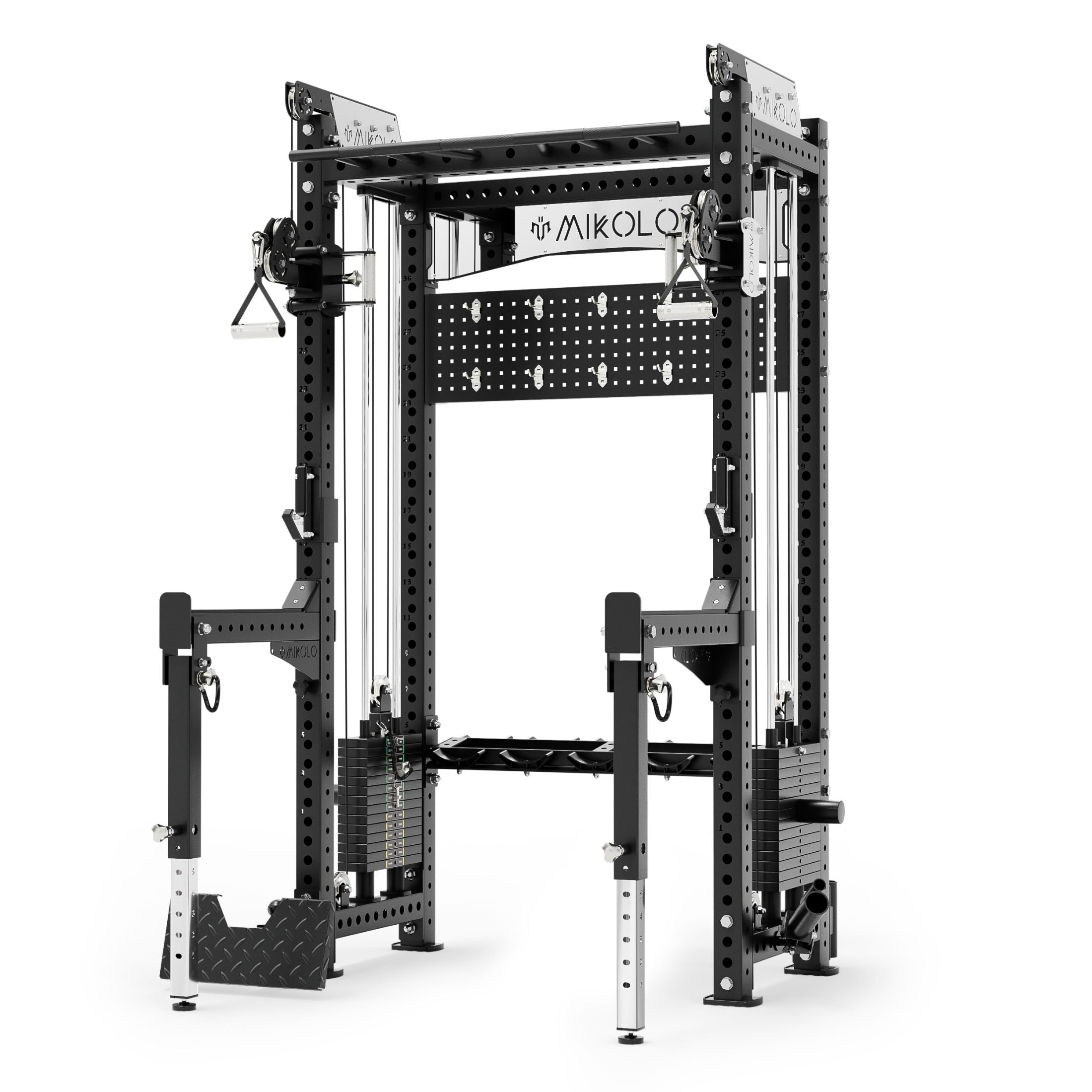
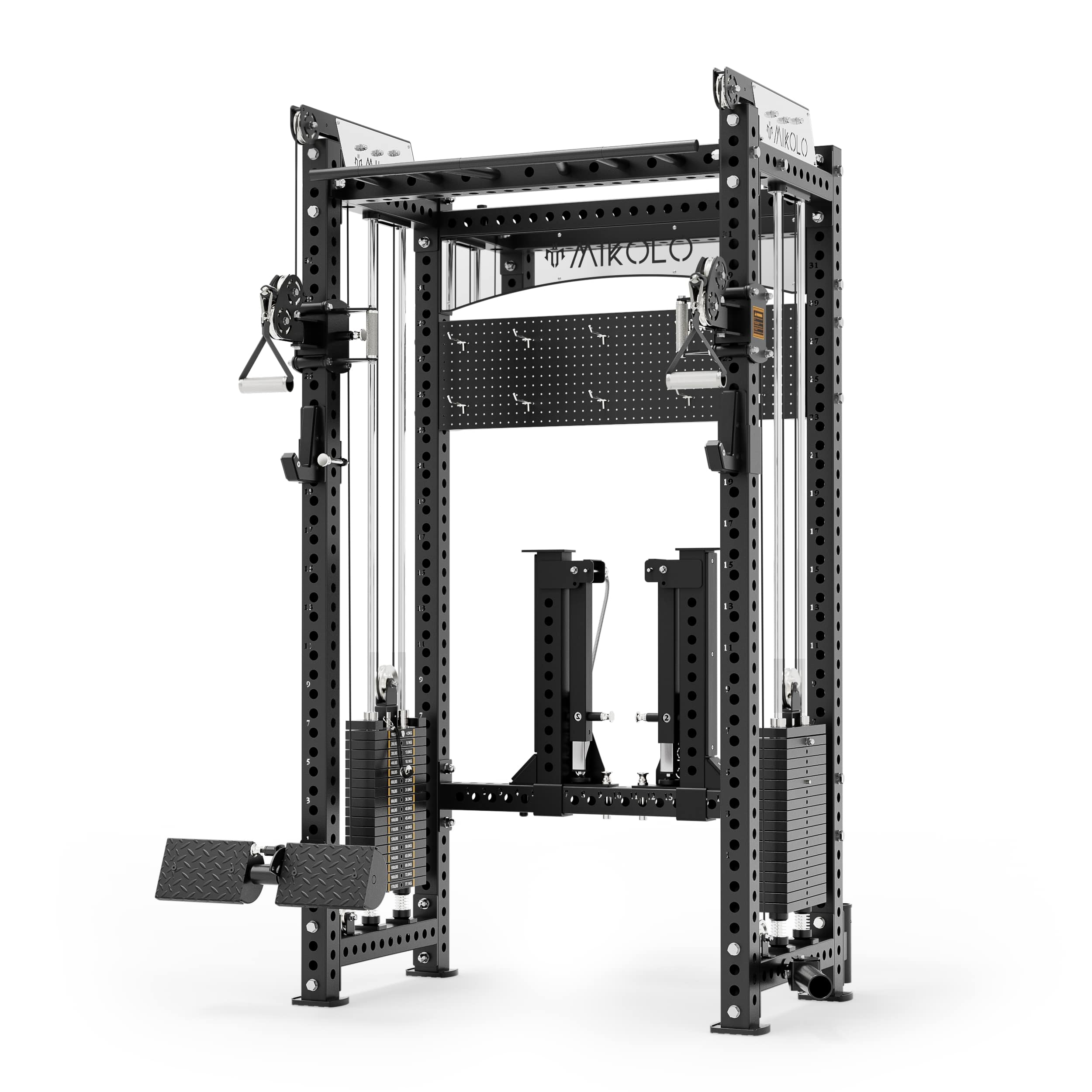
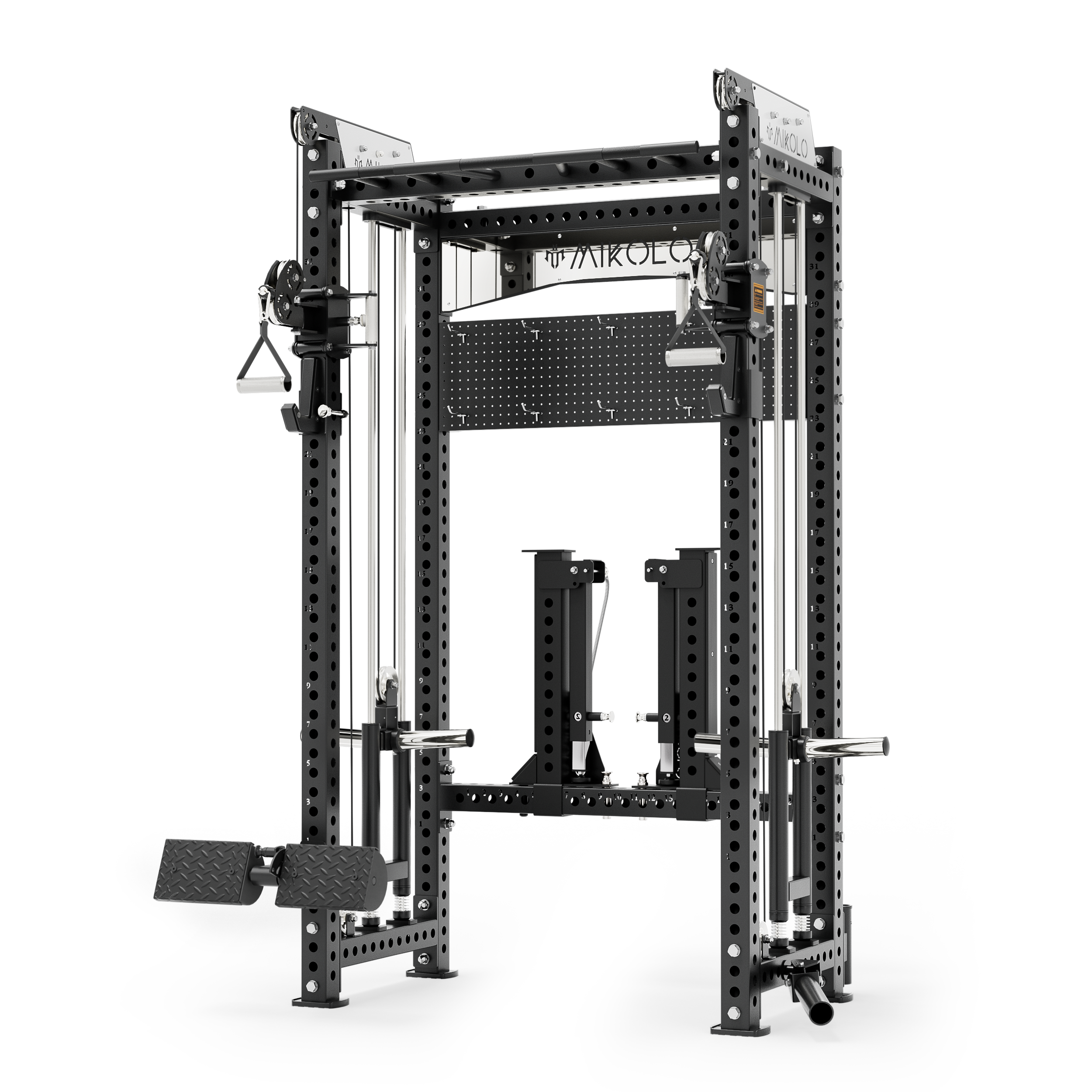
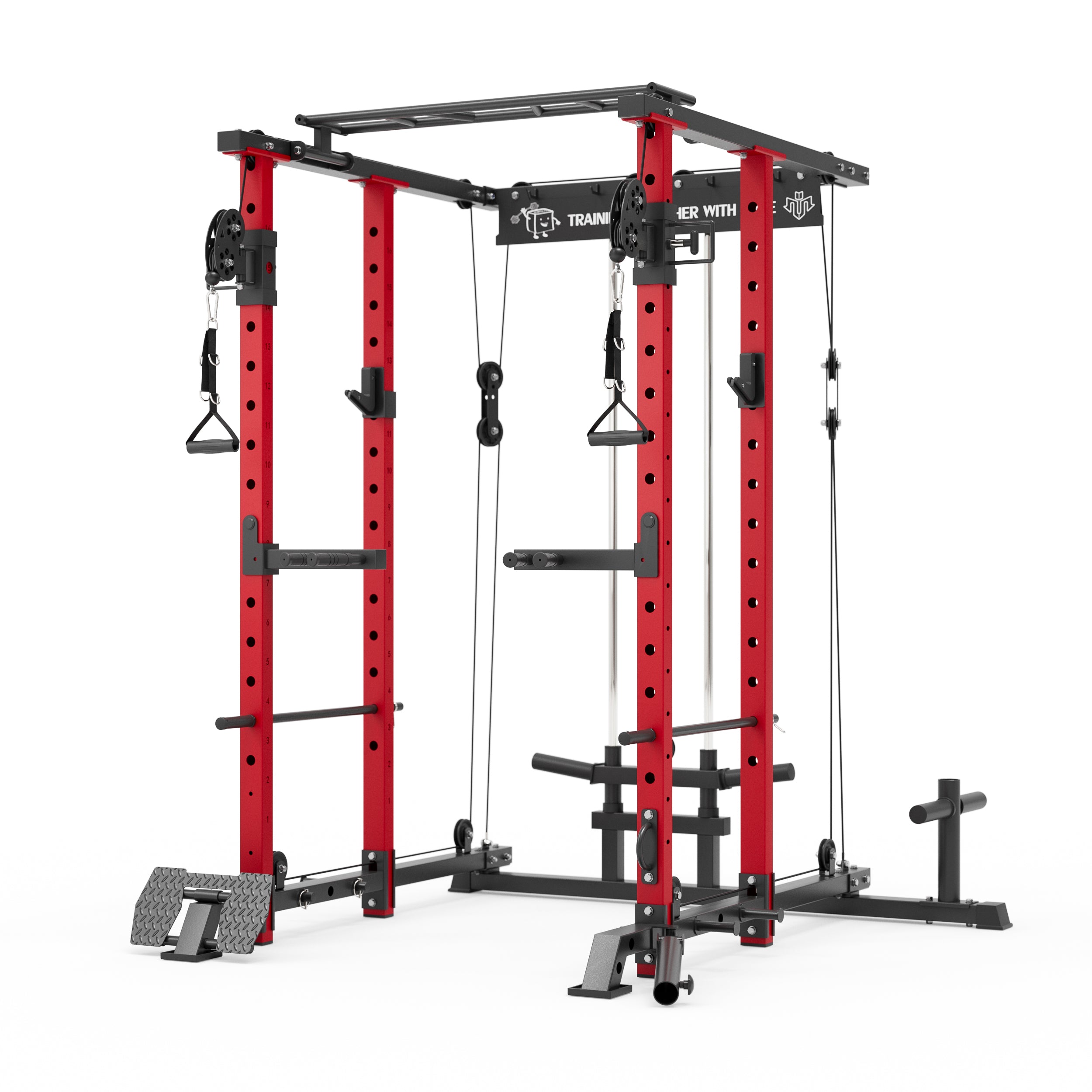
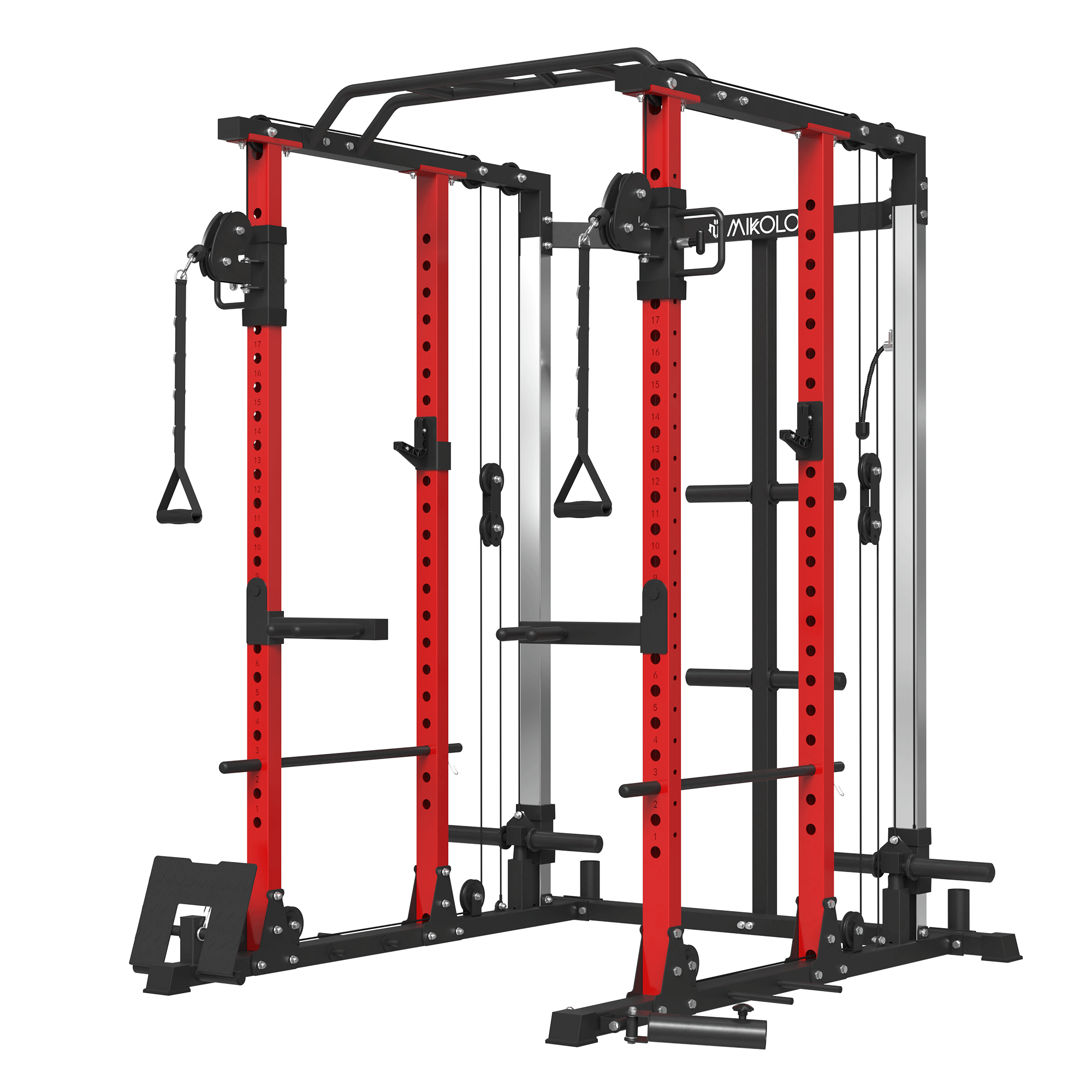
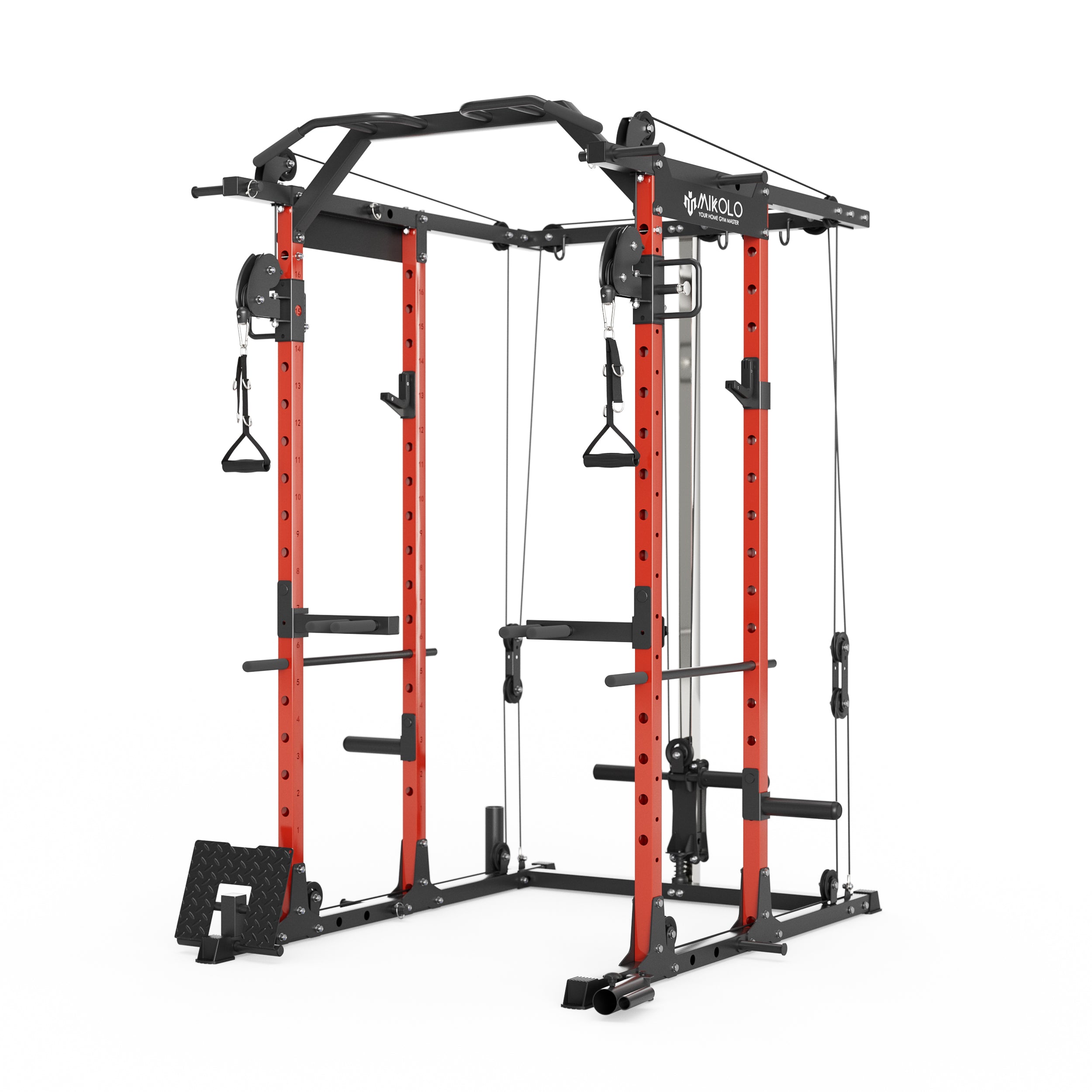
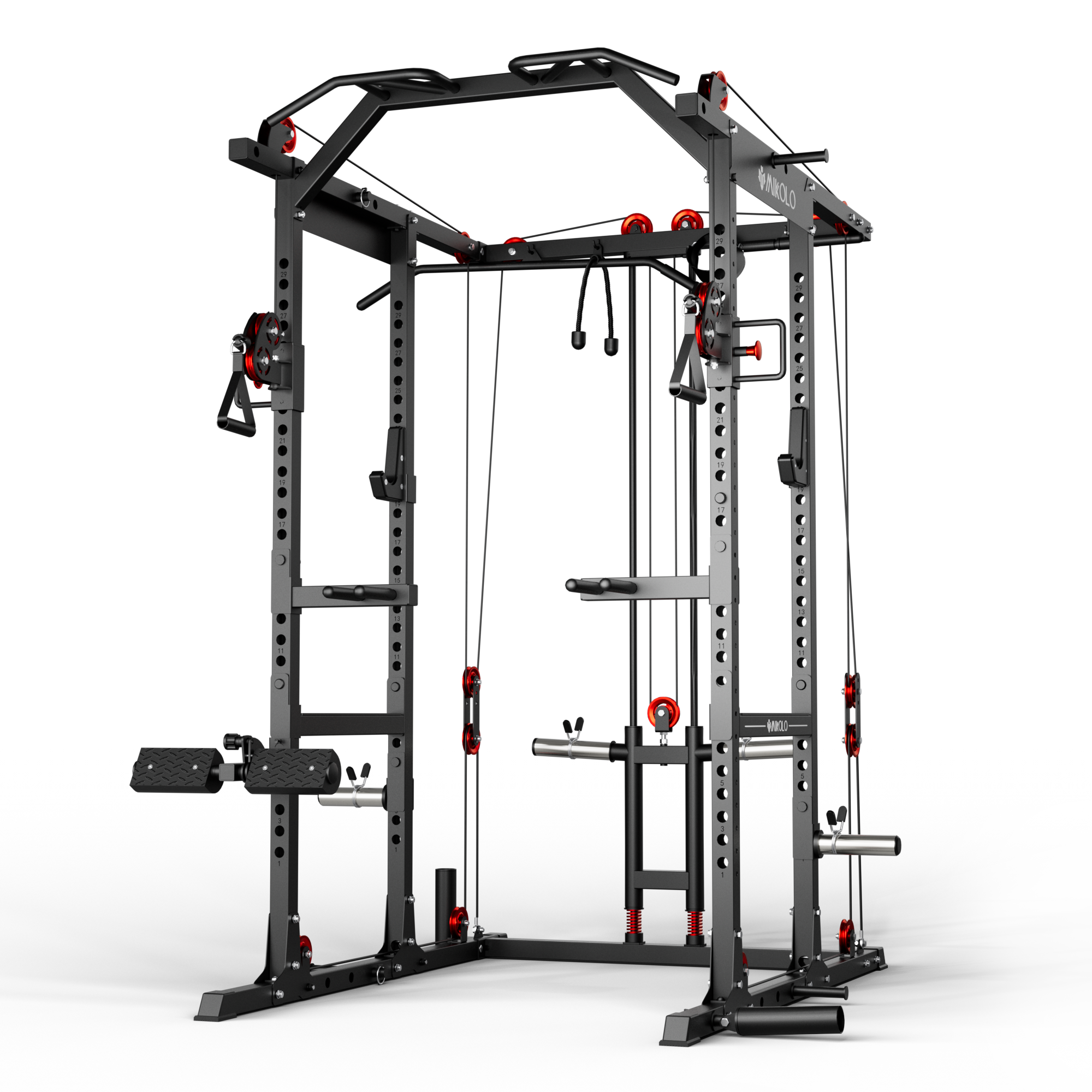
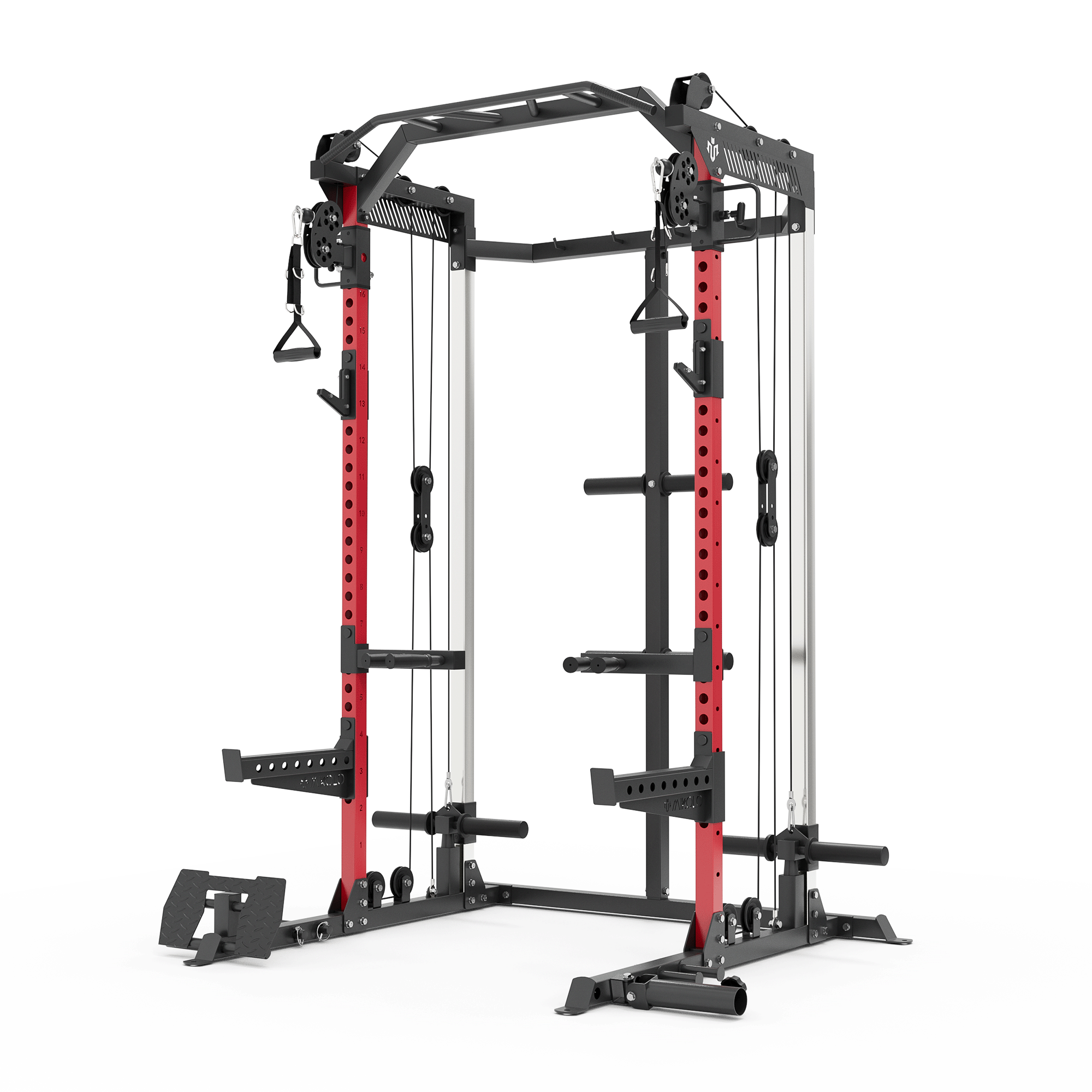
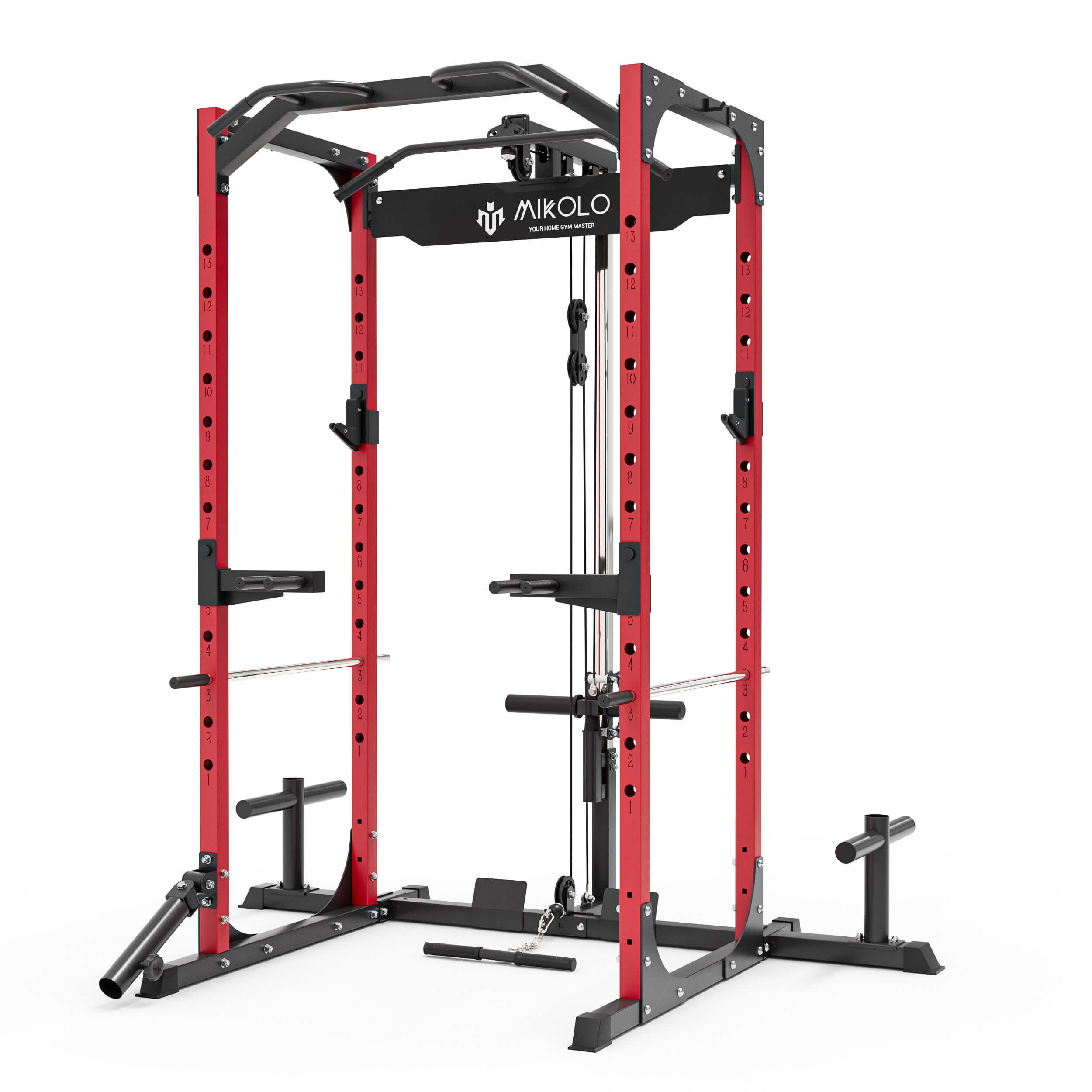

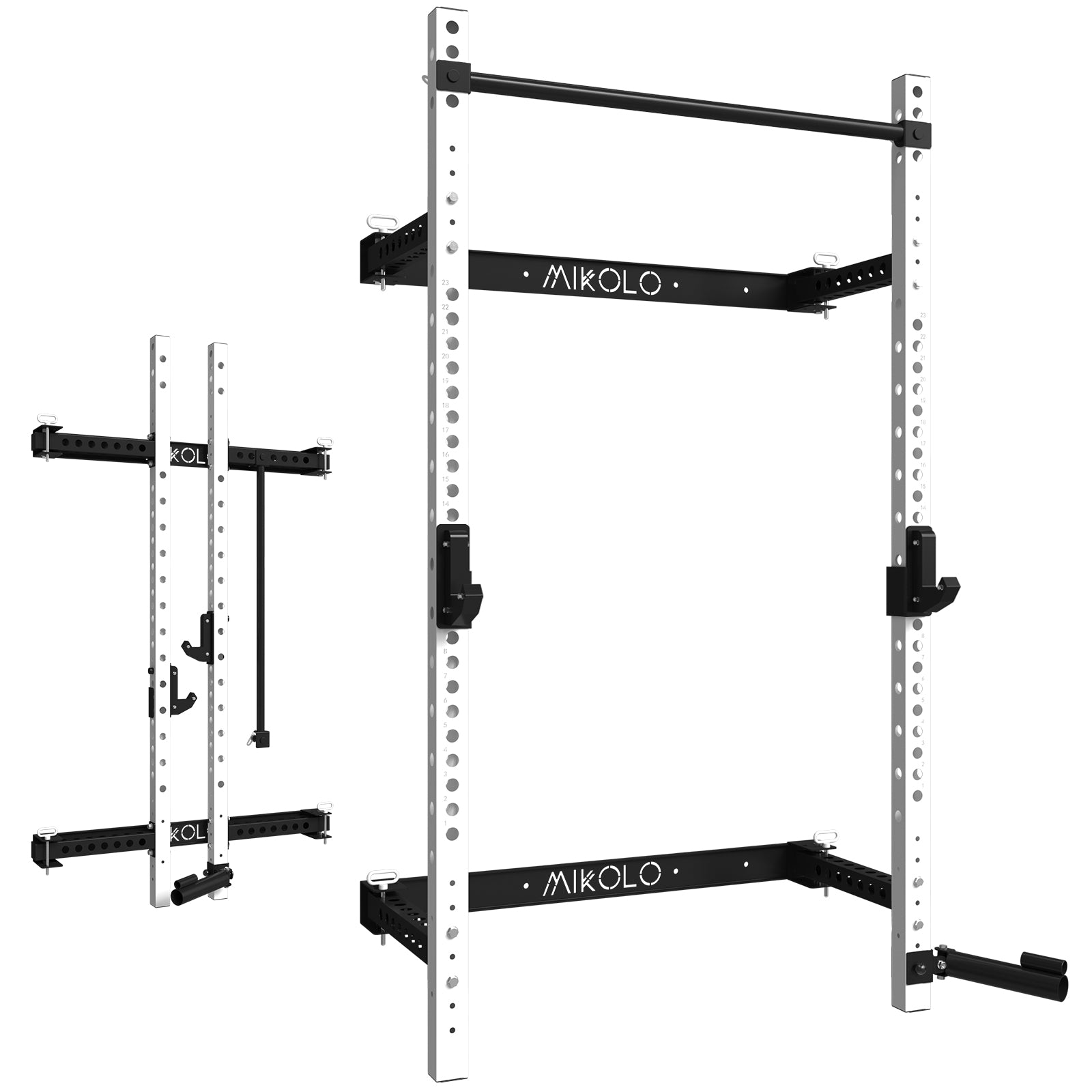

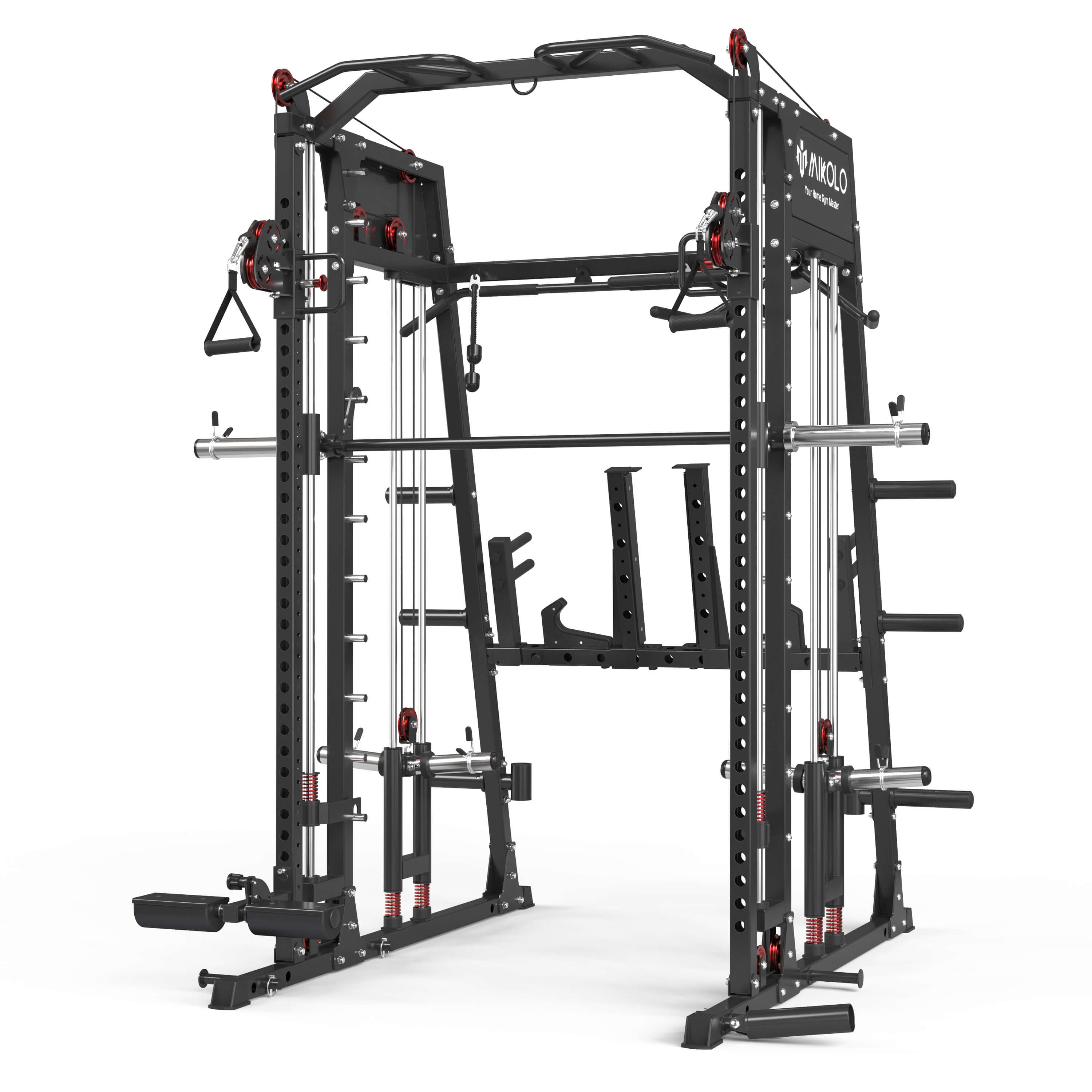
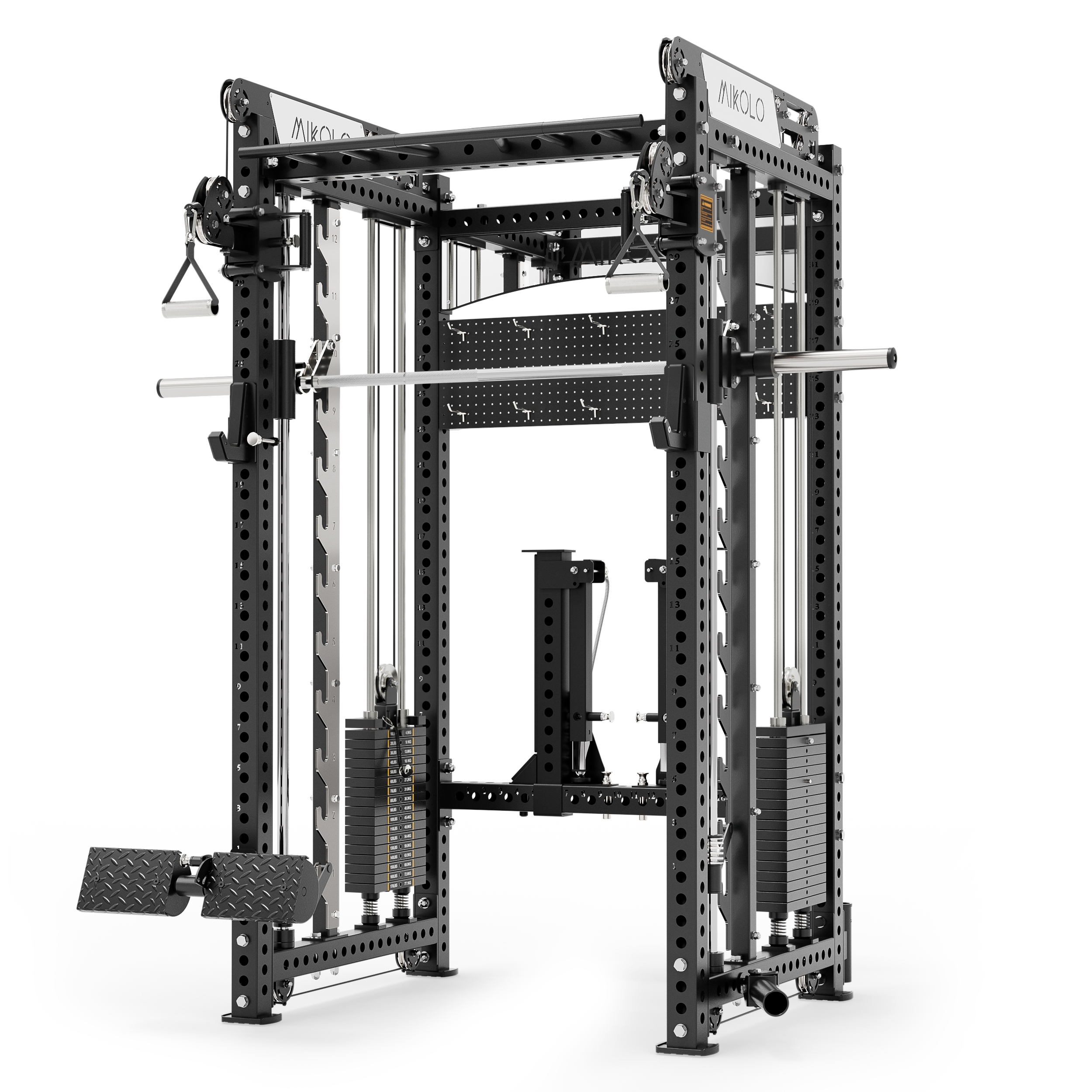
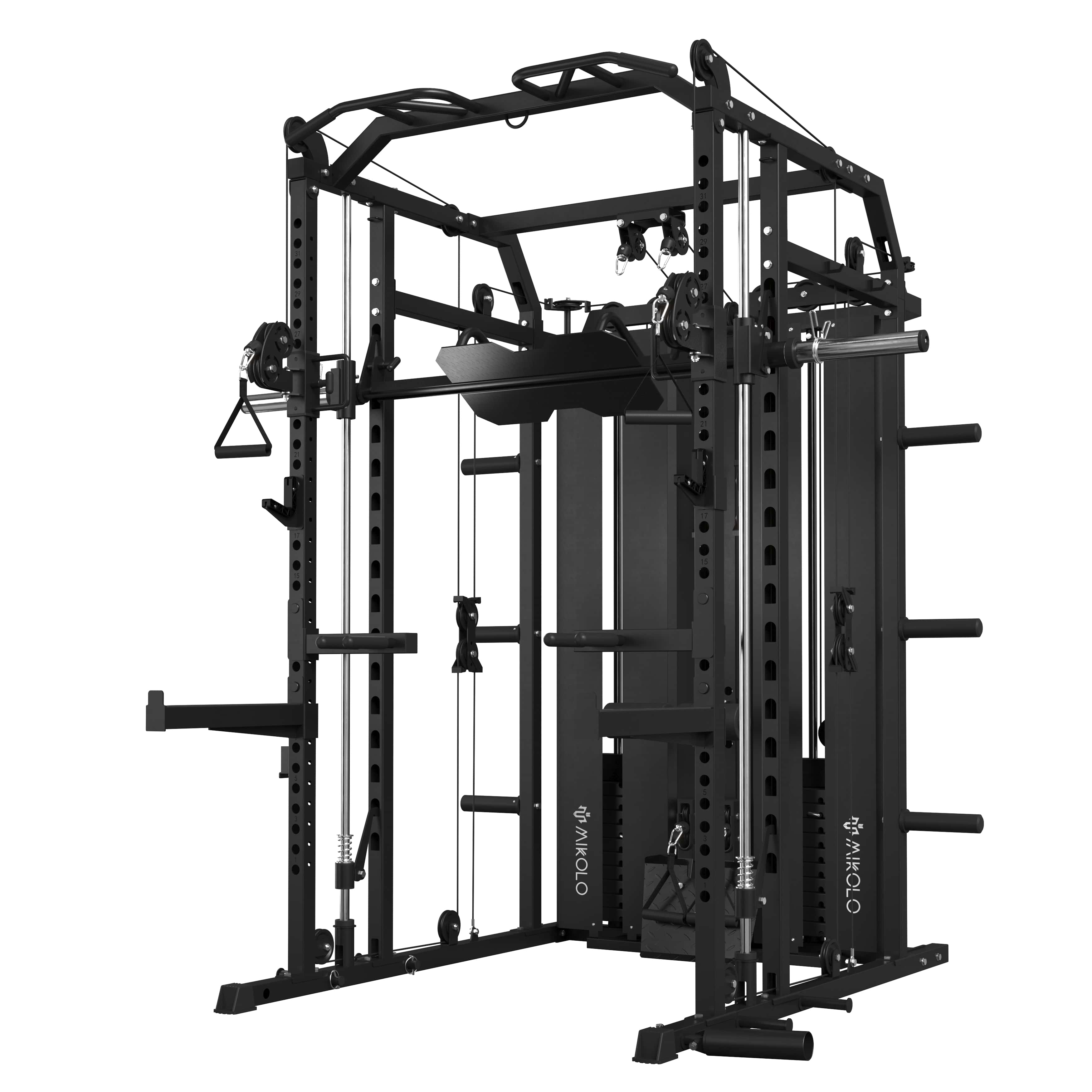
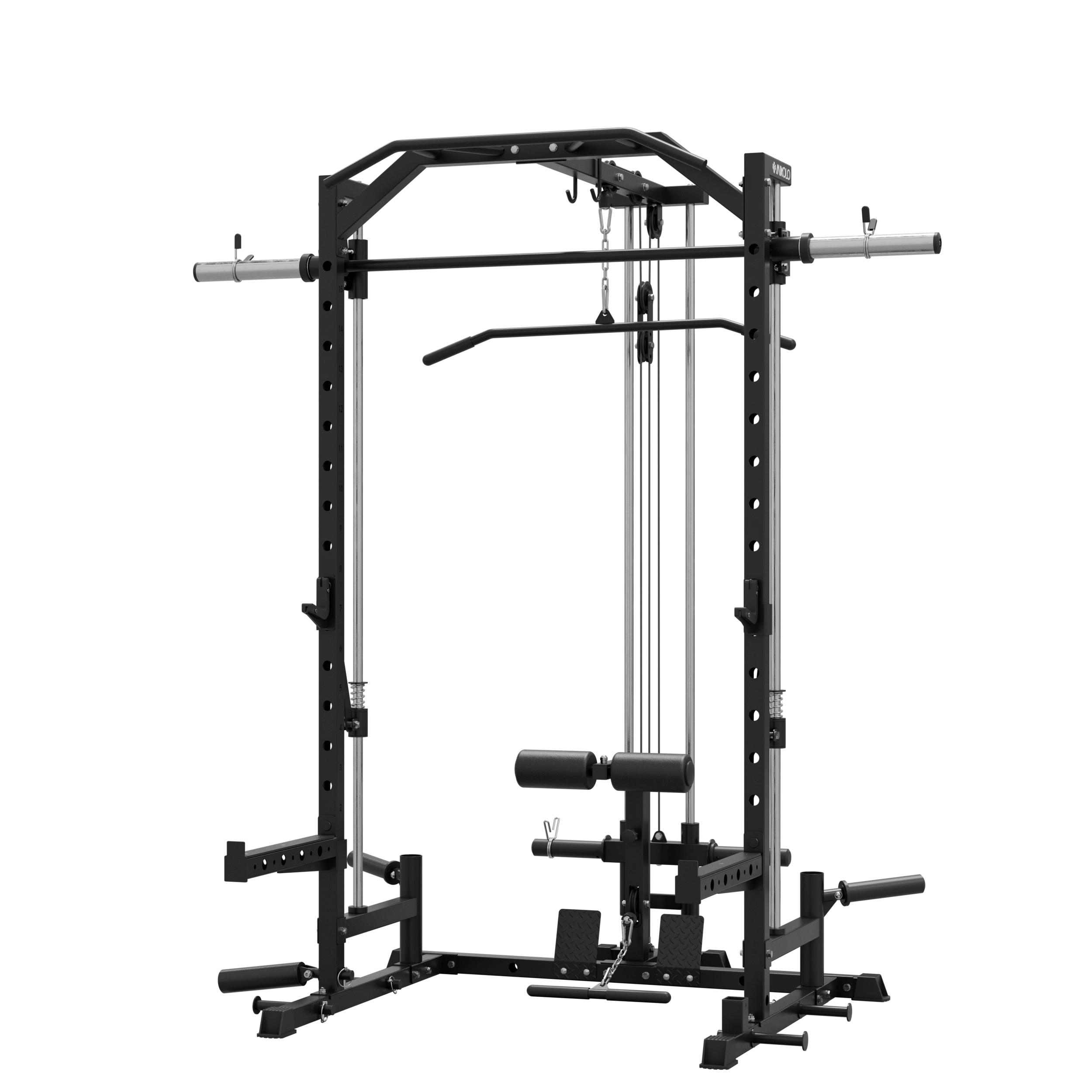
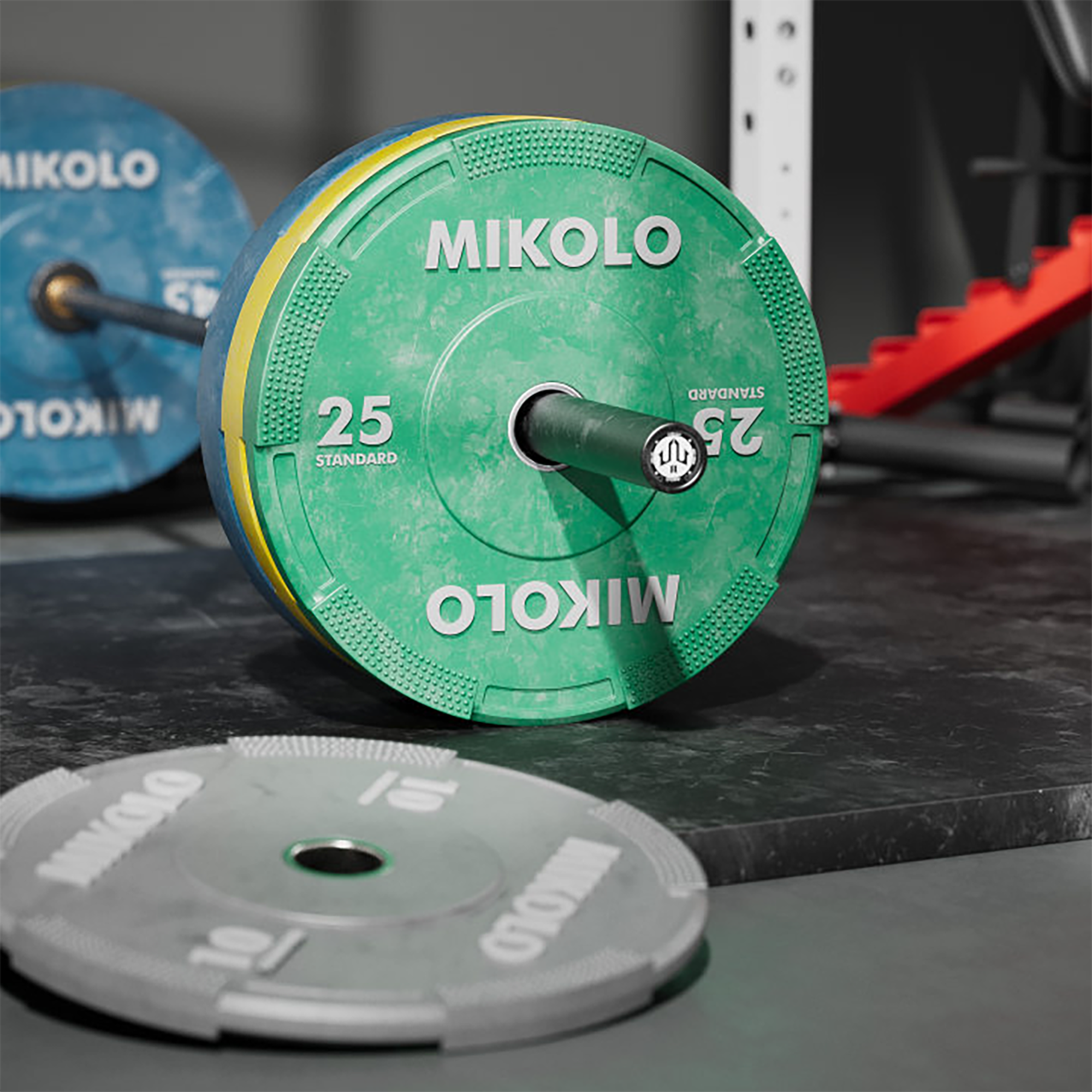


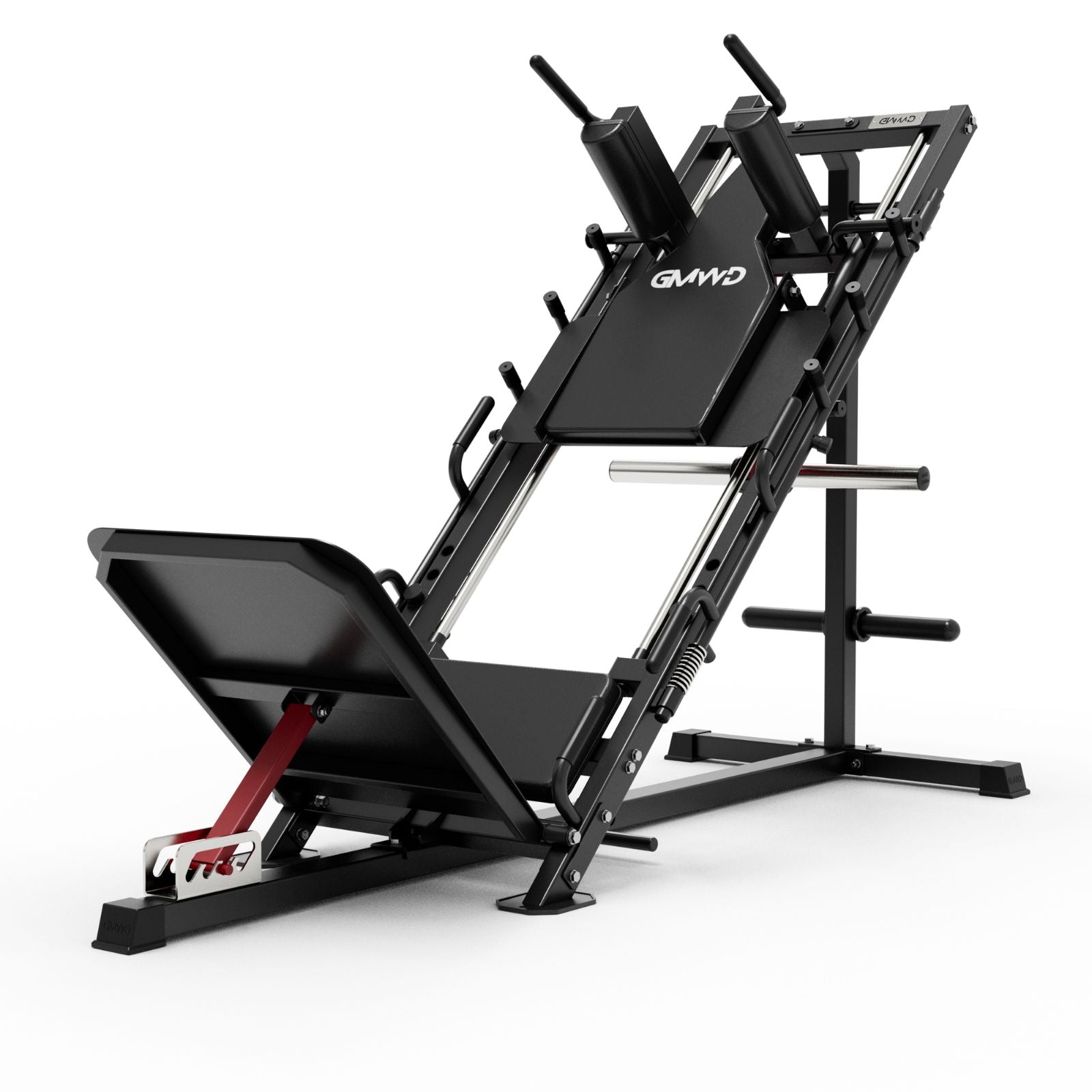


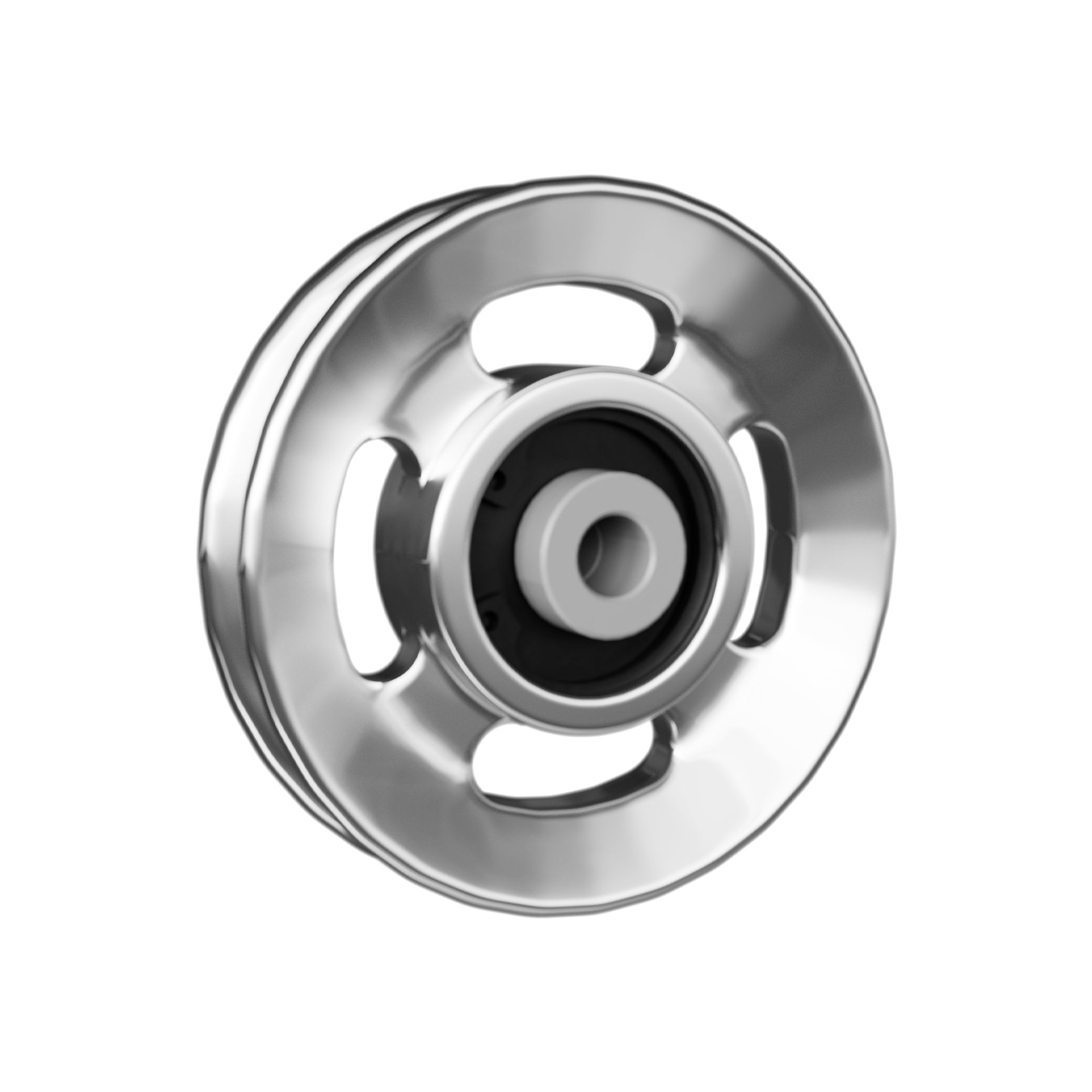
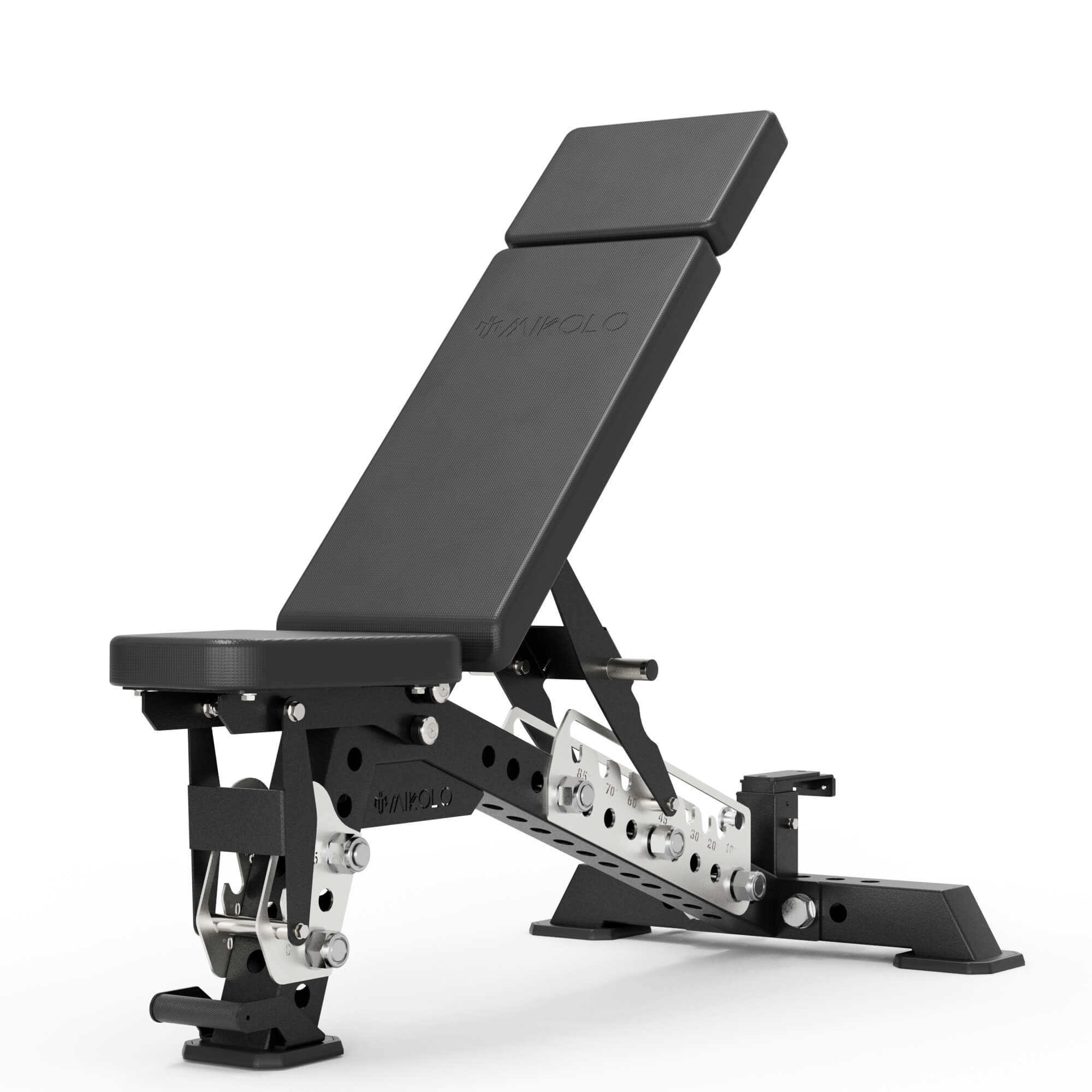
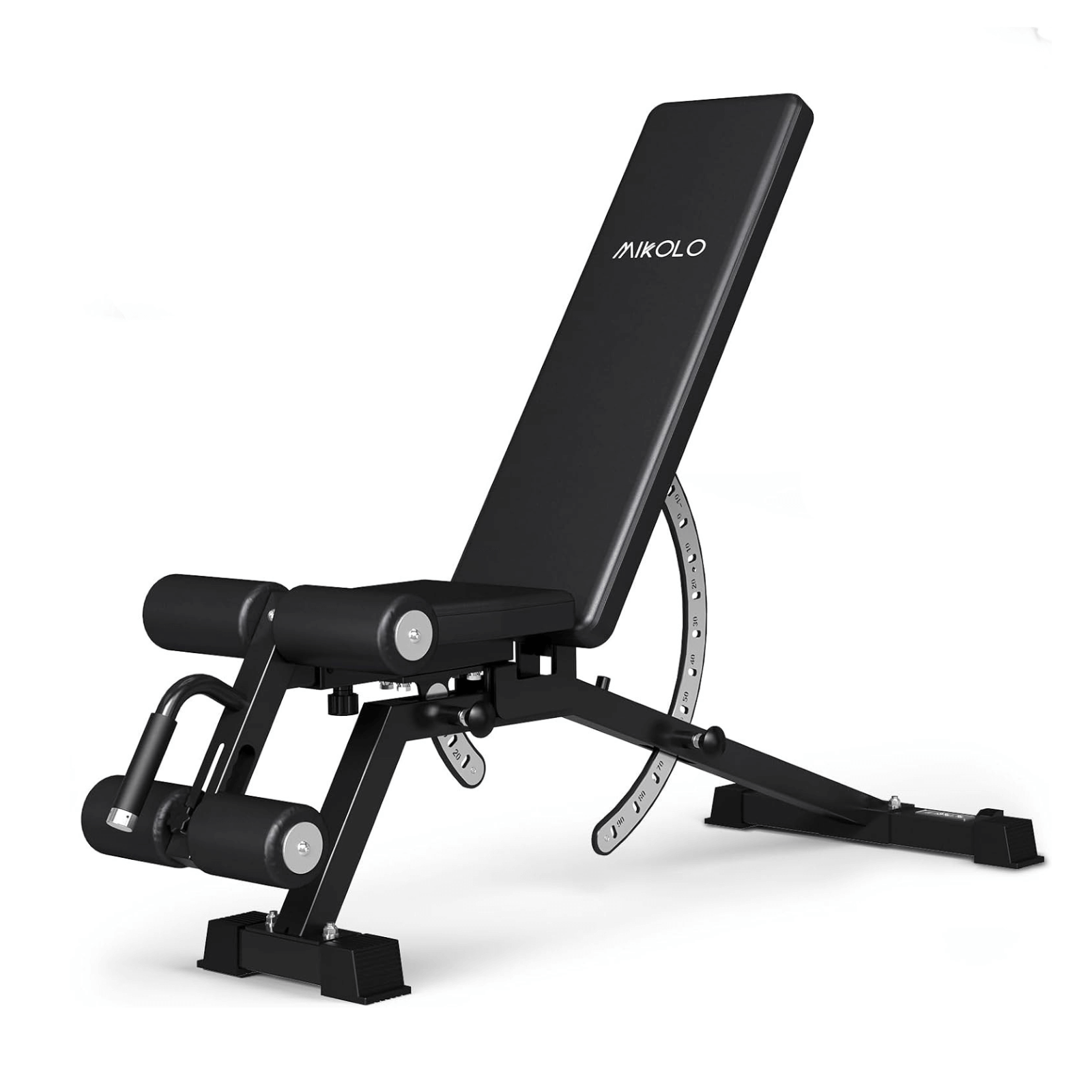

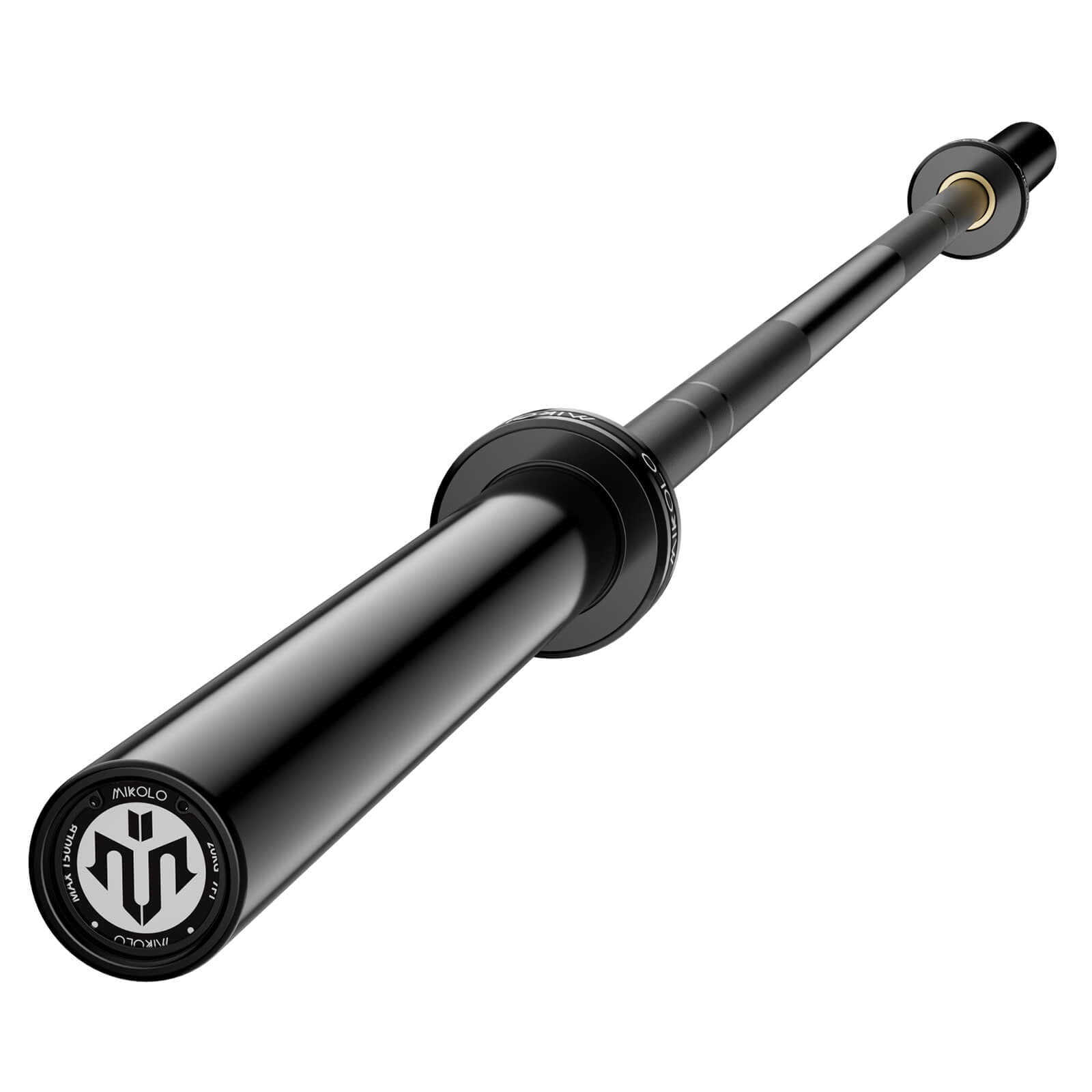
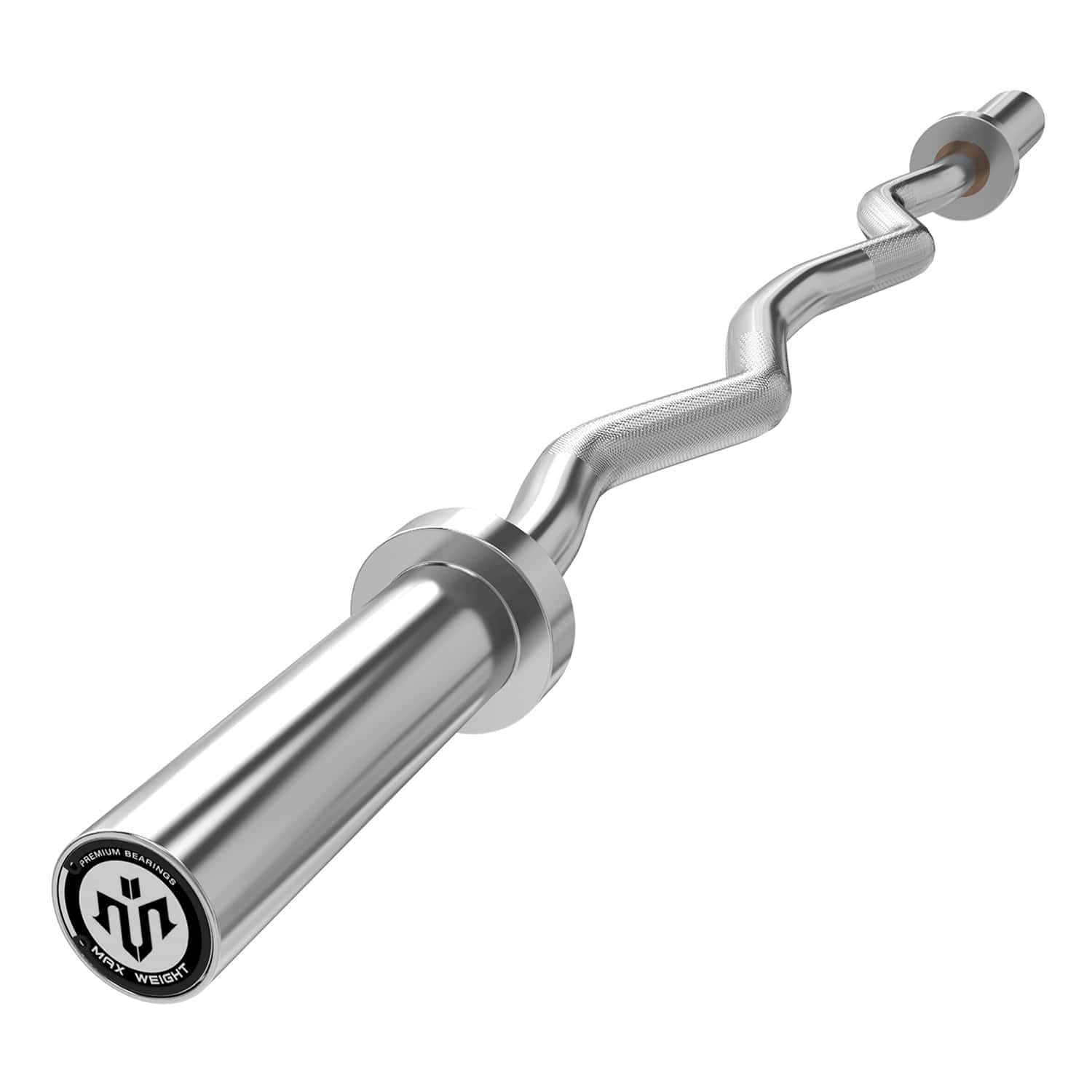
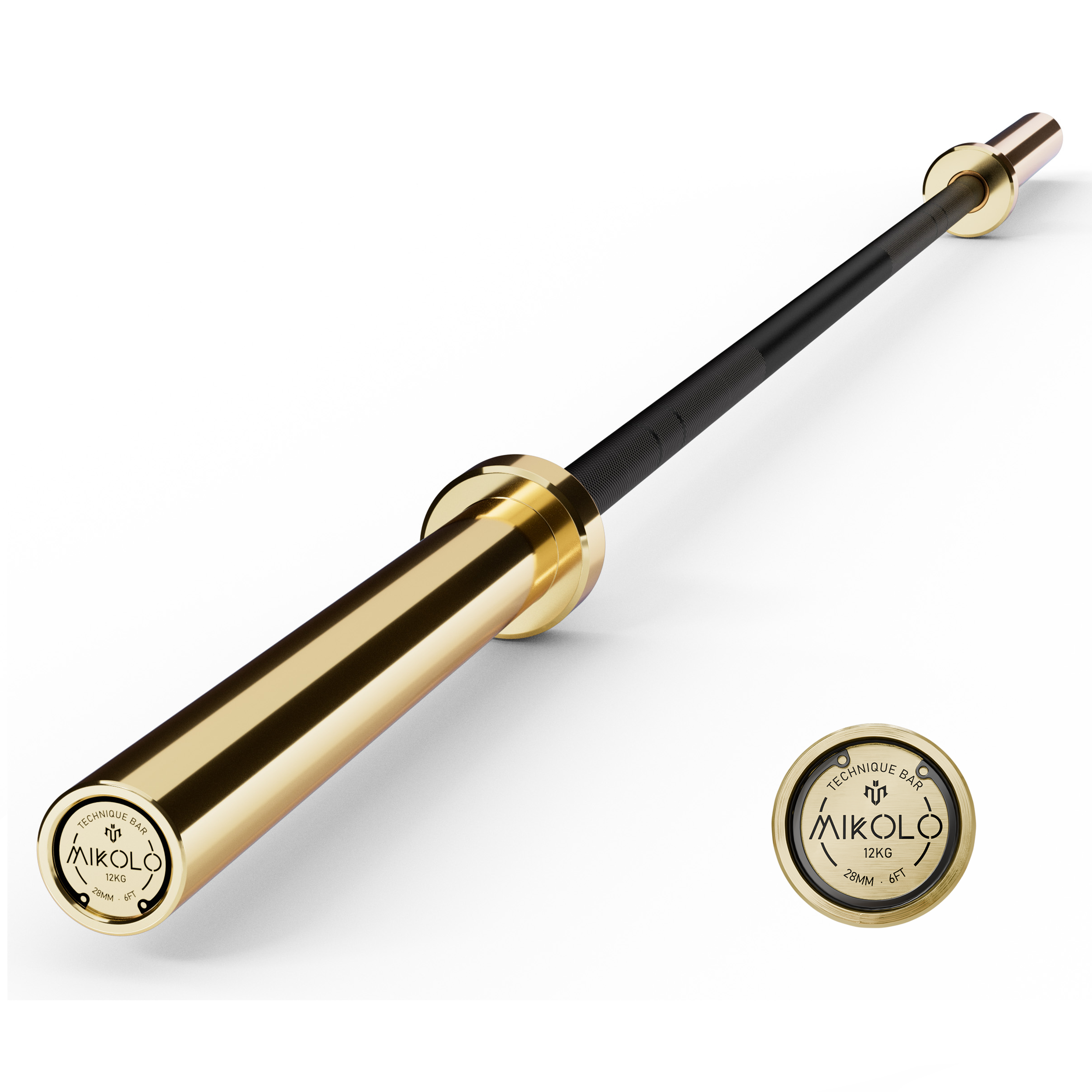
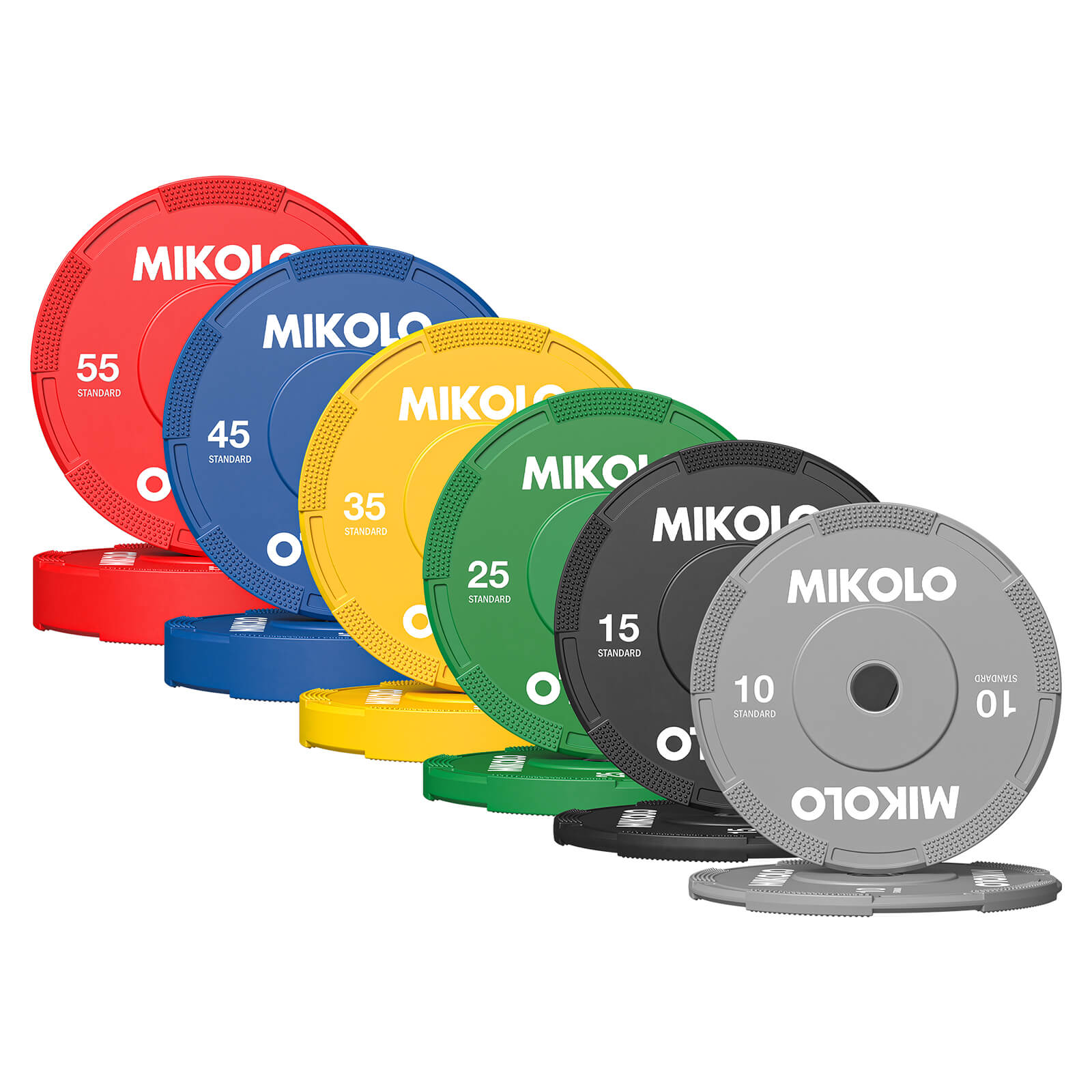
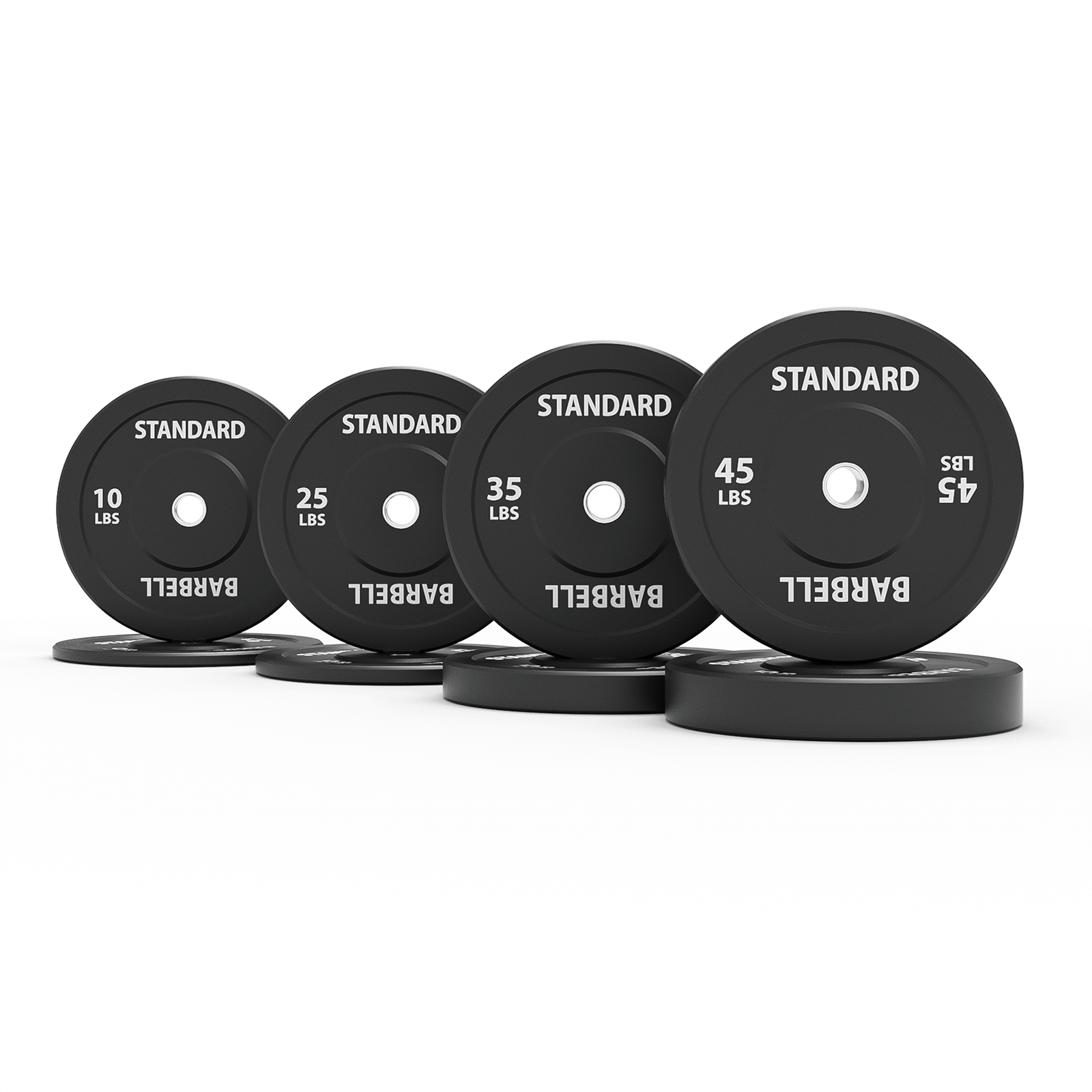
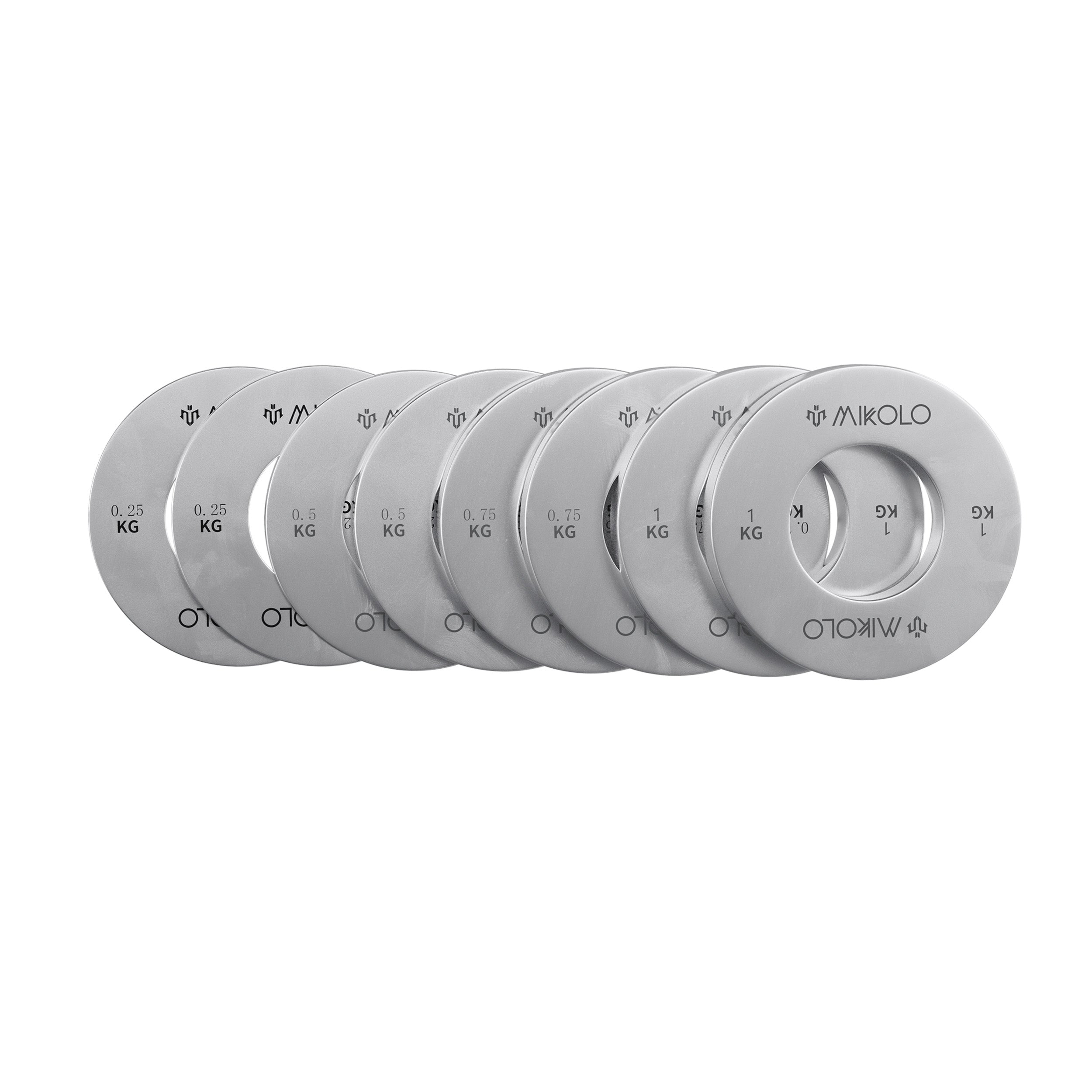

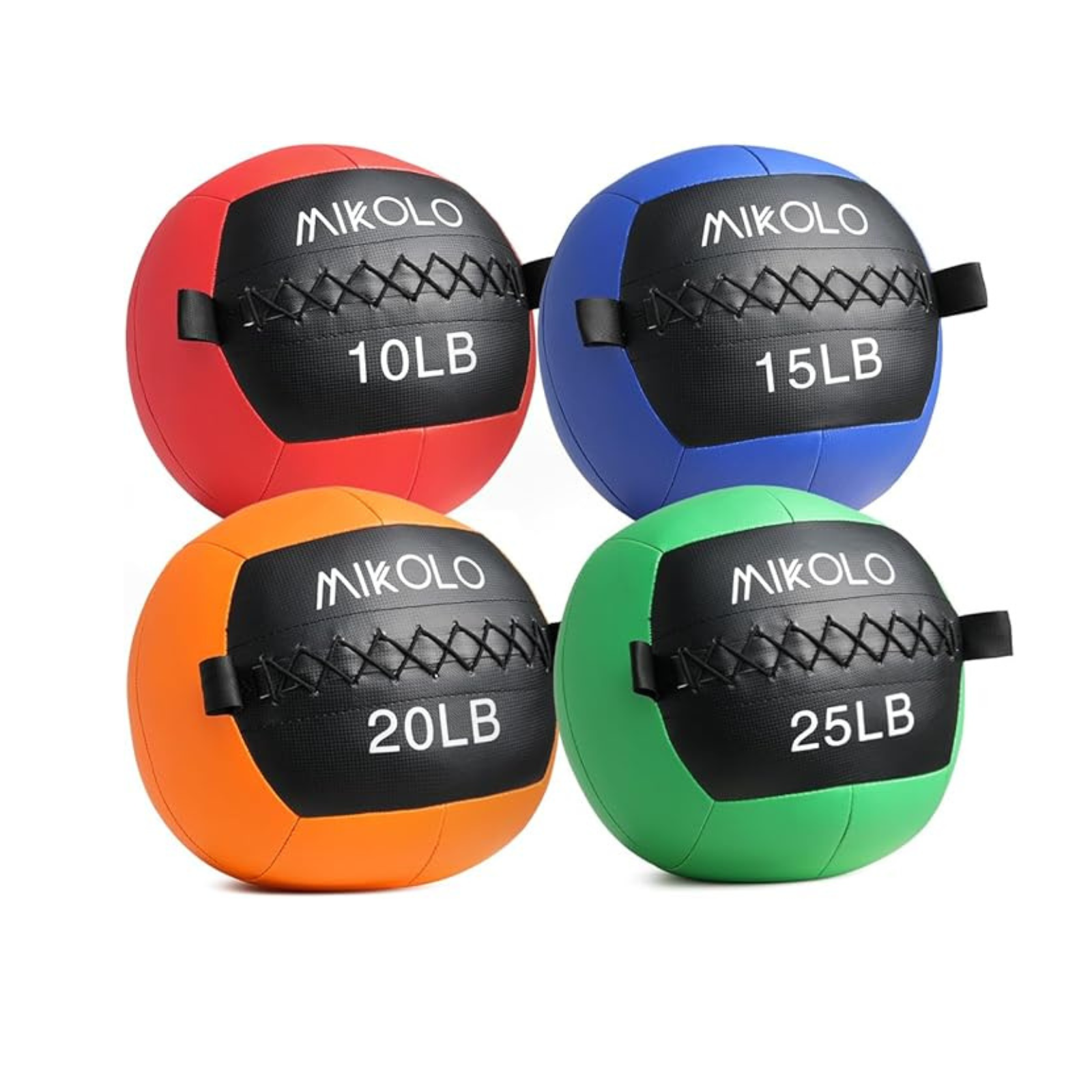
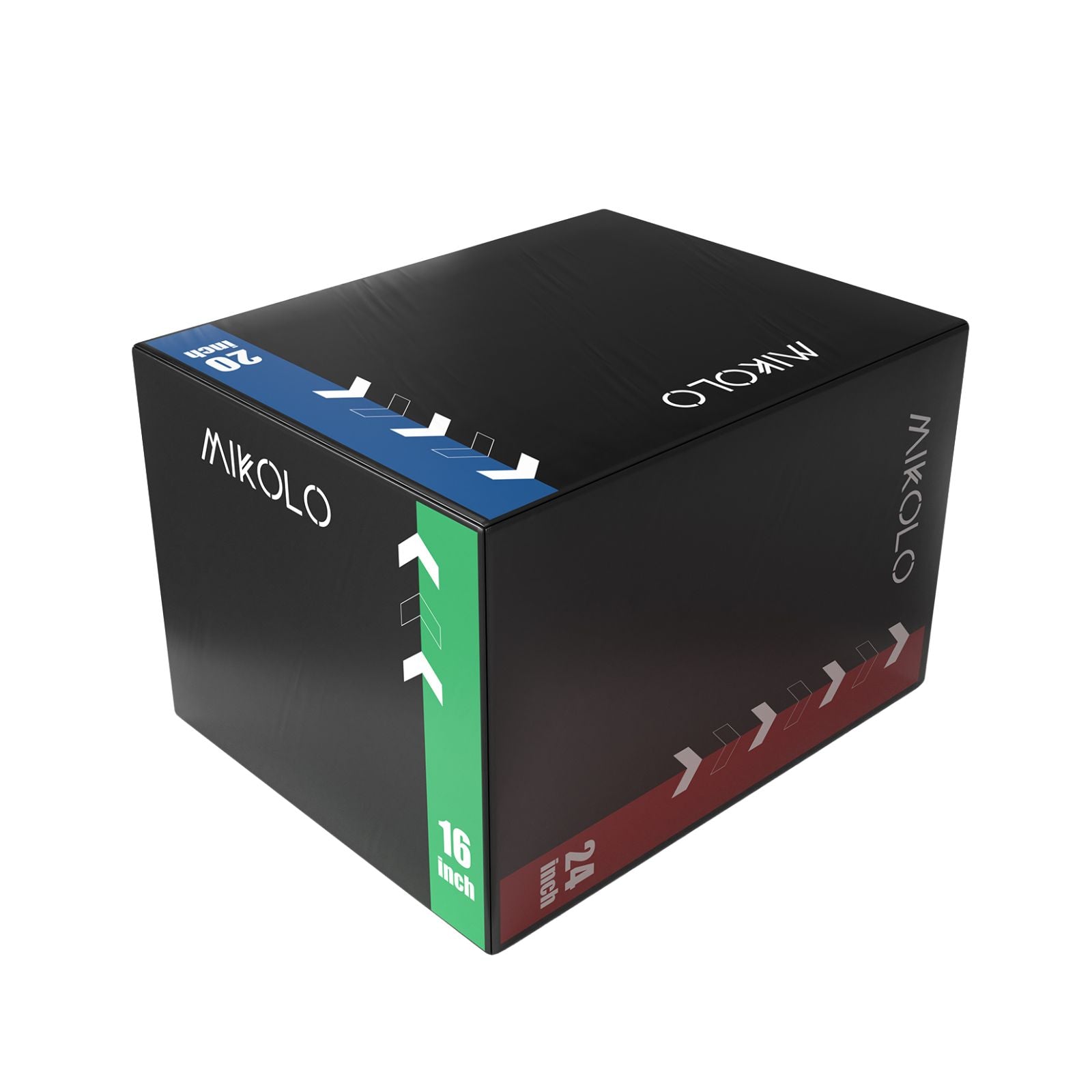
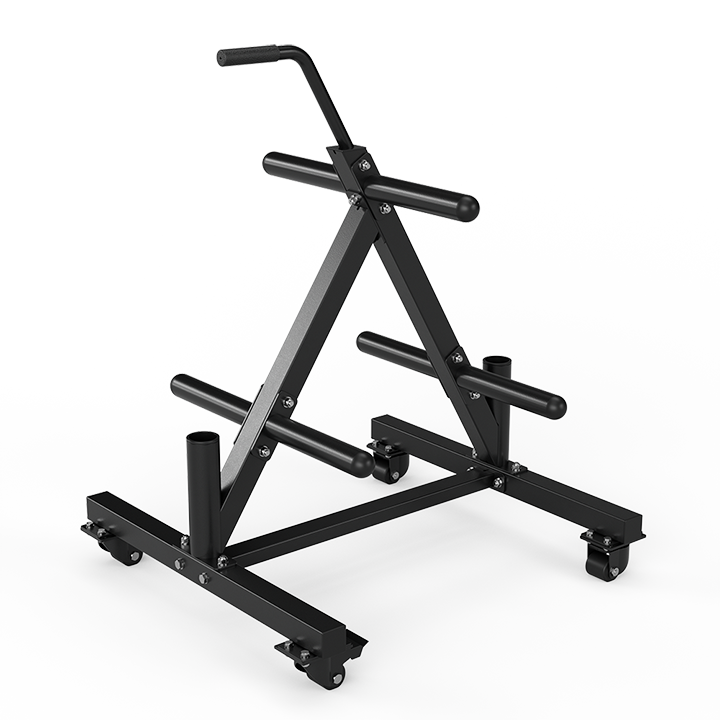
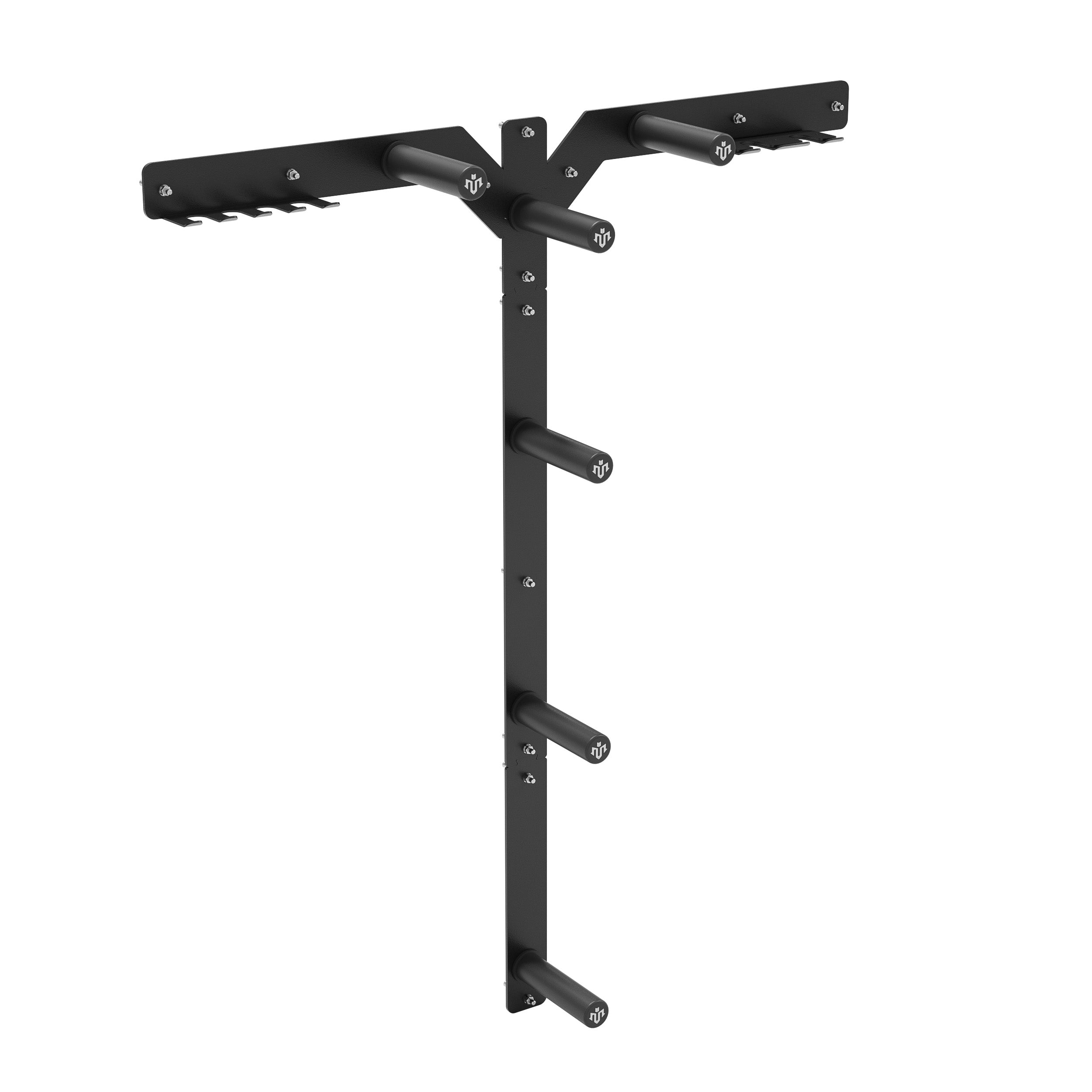




Leave a comment
This site is protected by hCaptcha and the hCaptcha Privacy Policy and Terms of Service apply.